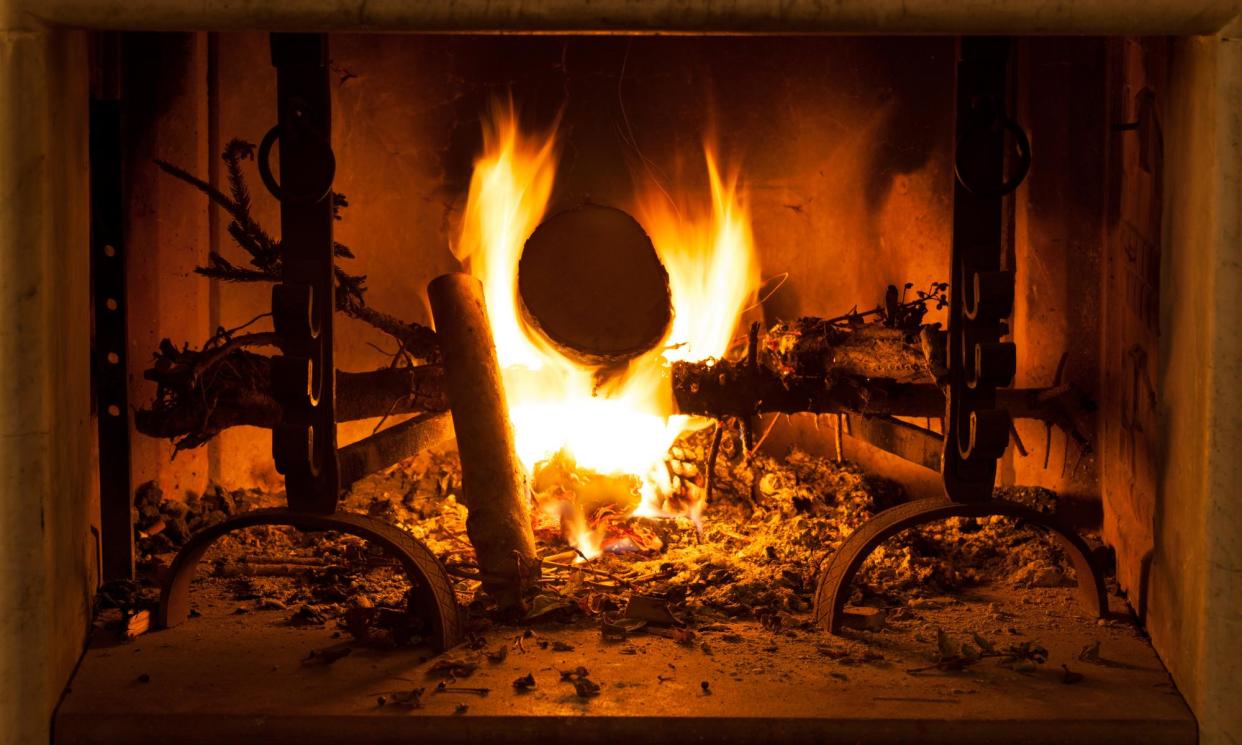The deadly impact of burning wood and other solids in London

A study has revealed that daily death rates in London increase when the air is filled with pollution from the burning of wood and other solids.
This pattern was identified by looking at dates of death of more than 465,000 people over 10 years, with the clearest sign seen in tdeath rates from respiratory problems.
Knowing which pollution source is the most harmful is a longstanding goal of health researchers to help governments focus efforts on cleaning our air.
As part of a research team at Imperial College London we set out to investigate if daily deaths in the city were affected by different types of carbon-containing air pollution particles. This includes particles from diesel exhaust and home burning as well as those that form in the air from solvents, paints, aerosol propellants and even everyday chemicals in personal care products and home printer ink.
It is a tragic reality of living conditions in the UK that more people tend to die during cold winter weather and also in summer heatwaves. We therefore took careful steps to remove the signals from cold and hot weather.
We found that particles from burning wood and solid fuel showed a clear match to the daily death rates, with increases that lasted at least three days.
Particles from wood and solid fuel peak each winter in London and are worst during weekend evenings. More people also light fires on cold, still days, and outside on windless summer evenings. These are times when pollution from all sources can become trapped in the city. We reran the analysis to see if this effect was the reason for the associations between wood burning and death rates. It was not – instead, the impact of wood burning became clearer.
Health consequences from wood and solid fuel burning were not confined to winter, when people are using their stoves and fireplaces. Although there is much less wood-burning pollution in summer than winter, the wood-burning particles in summer appeared to be more harmful than the same concentration of wood burning in winter. This may be due to heightened exposure when huddled around bonfires, fire pits or chimineas. Sunlight and warmer weather also cause chemical reactions between pollutants that may affect their toxicity.
Further evidence comes from places where steps have been taken to reduce wood heating. These include studies in US mountain towns, in southern California and in Tasmania, where substantial reductions in wood-burning pollution were all followed by improved health in the local community.


